Meet Maggie, a talented marketing professional.
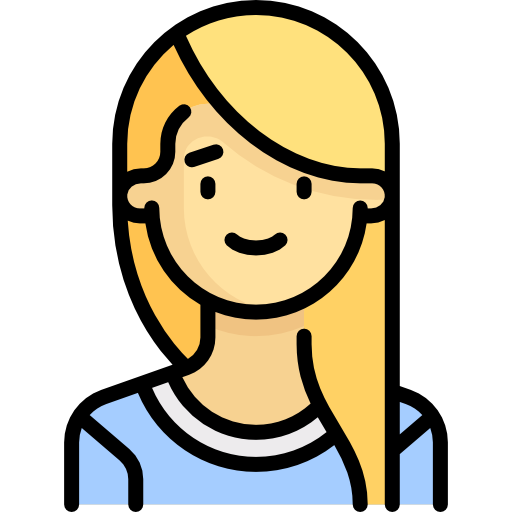
During a recent meeting, she shared an idea for a new campaign, but her manager dismissed it without much thought. Later that day, a male colleague suggested the same idea and was praised for his creativity.

This scenario represents one of the many types of unconscious bias in the workplace.
Unconscious bias means that our brains have adopted beliefs about different groups of people. These beliefs affect how we see and treat our colleagues.
Unconscious biases affect everyone. They can be activated in less than a second, and can even go against our own beliefs. But with some effort, we can work to change them.
Types of Unconscious Bias in the Workplace
Unconscious biases can show up in many different ways. They may stem from physical appearance judgments, preconceptions, or logical errors.
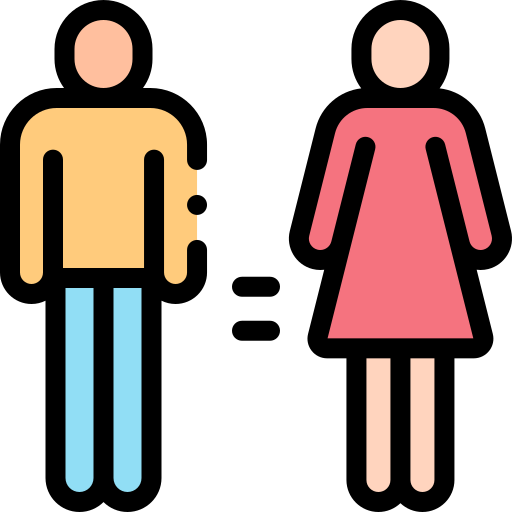 Gender Bias
Gender Bias
Favoring one gender over another based on stereotypical assumptions about their abilities or roles:
Asking about marital status during the hiring process
Assigning caretaking tasks to women
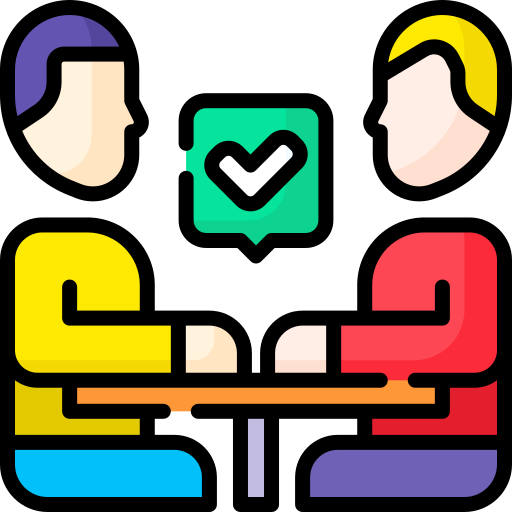 Confirmation Bias
Confirmation Bias
Seeking out information that confirms your pre-existing beliefs and ignoring information that contradicts them:
Only accepting evidence that supports your opinions
Assigning blame to others for failures
 Halo Effect
Halo Effect
Forming a positive or negative impression of a person based on a single trait and extending that impression to their overall abilities:
Associating higher competence to attractive staff
Ignoring criticism of a valued team member
 Affinity Bias
Affinity Bias
Favoring people who are similar to us in terms of background, education, interests, or other characteristics:
Connecting with like-minded colleagues only
Promoting an unqualified friend over a colleague with better qualifications or experience
Quiz
A hiring manager prefers a candidate with Ivy League education and prestigious work experience over another with community college education and less prestigious work experience. What type of unconscious bias is the hiring manager exhibiting?
Effects of Unconscious Bias in the Workplace
Unconscious bias may affect workplace decisions in a variety of ways.

Hiring processes: when choosing new employees, employers may hire someone less qualified for the job just because they "fit in" with the team.
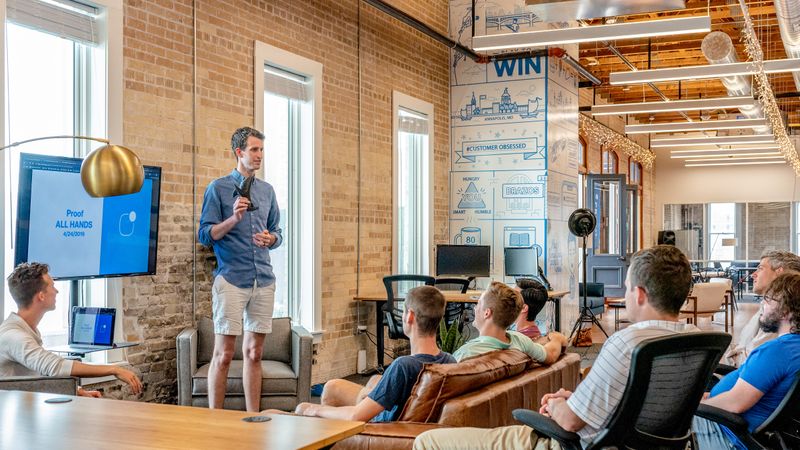
Lack of workplace diversity: there may be fewer people with different backgrounds, experiences, or ideas, which can limit creativity and problem-solving.

Workplace relationships: employees treat one another in biased ways, such as not giving equal opportunities to all employees or making assumptions about someone based on their race, age, gender, or other characteristics.
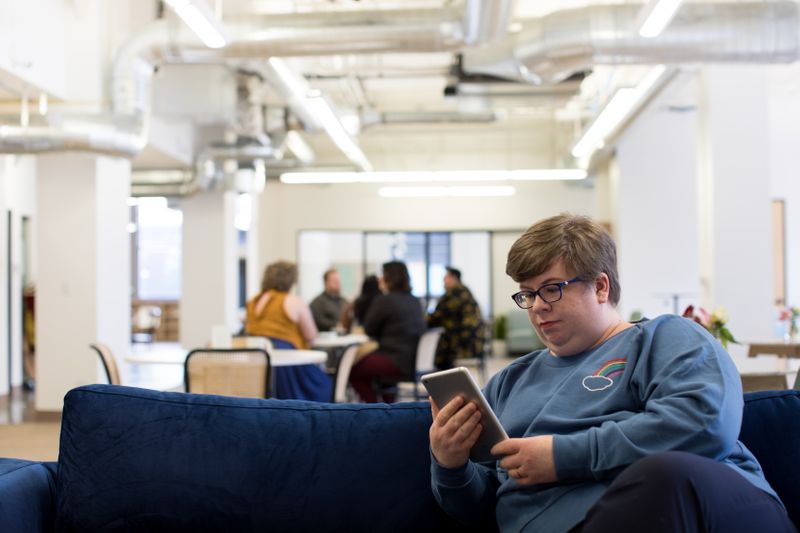
Discrimination: biases against certain groups of people, such as women or minorities, can create a hostile work environment and harm individuals' well-being.
Strategies to Address Most Types of Unconscious Bias in the Workplace
 Here's a practical guide from a video on how to reduce bias in your workplace:
Here's a practical guide from a video on how to reduce bias in your workplace:
Use a shared vocabulary to call out biases, like "bias alert" or "purple flag".
Respond to bias with an "I statement" to create understanding.
Create a shared norm for how to respond when bias is pointed out, like saying "thank you" and continuing the conversation.
Be open to learning and improving to create a more inclusive workplace.
Take Action
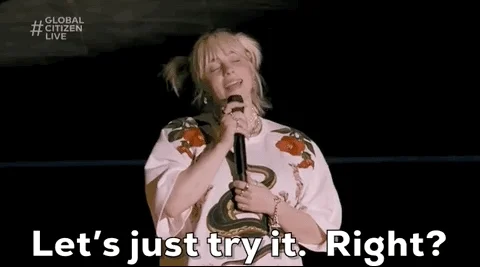
Unconscious bias at work can greatly affect how people get hired, promoted, and evaluated.
Are you ready to make positive changes in your workplace today?
Your feedback matters to us.
This Byte helped me better understand the topic.
